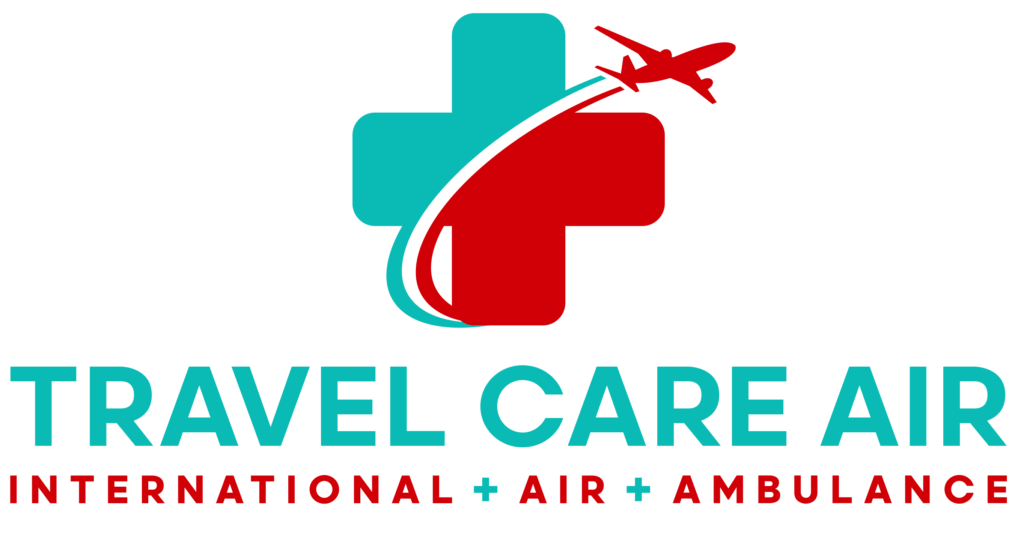When you travel, travel insurance coverage can turn a bad day into a manageable one. It helps pay for medical care, trip interruptions, and—in serious cases—medical evacuation. Below is a quick guide to travel insurance coverage so you can buy smart and avoid gaps.
Start with what you already have
Before you buy anything, confirm your existing benefits:
-
Health plan abroad: Some policies reimburse overseas care; many limit networks or exclude evacuation. Start here: Will My Health Insurance Pay for an Air Ambulance?
-
Medicare: Original Medicare has strict rules and limited overseas benefits. Read: Does Medicare Cover Air Ambulance Services?
Core parts of travel insurance coverage
-
Emergency medical expenses: Pays for doctor visits, hospital stays, prescriptions, and diagnostics while abroad (up to the policy limit).
-
Emergency medical evacuation (medevac): Covers transport to the nearest appropriate facility when local care isn’t enough; higher tiers may include repatriation. Learn costs and factors in the Air Ambulance Cost Guide.
-
Trip cancellation/interruption: Reimburses prepaid, non-refundable expenses for covered reasons (illness, injury, severe weather, etc.).
-
Baggage & delay benefits: Helps with essentials during delays and reimburses lost or stolen items (subject to caps).
-
24/7 assistance: Hotline to find clinics, arrange direct billing, or coordinate evacuation.
How to pick the right plan (fast checklist)
-
Match limits to risk. Remote hiking or island travel? Choose higher medical and evacuation limits.
-
Check “nearest appropriate facility.” That phrase governs evacuation destinations and claim approvals.
-
Watch pre-existing condition clauses. Many plans cover them only with timely purchase (e.g., within 10–15 days of first trip payment).
-
Read exclusions. Adventure sports, alcohol, and unsafe areas may void benefits.
-
Confirm proof requirements. Keep medical notes, receipts, and airline irregularity records for claims.
-
Save the assistance number. Store it in your phone and wallet; you’ll call them first in a crisis.
When evacuation coverage really matters
Consider stronger medevac benefits if you’ll be:
-
Far from advanced care (mountains, islands, deserts).
-
Traveling in storm seasons or regions with limited hospitals.
-
Managing chronic conditions that could need specialty facilities.
To prepare for emergencies, review: Preparing for a Medical Emergency.
Costs and value
Standard policies can be surprisingly affordable compared to medical bills or evacuation fees. For a sense of pricing drivers and what pushes quotes up or down, see: How Much Does an Air Ambulance Cost?.
